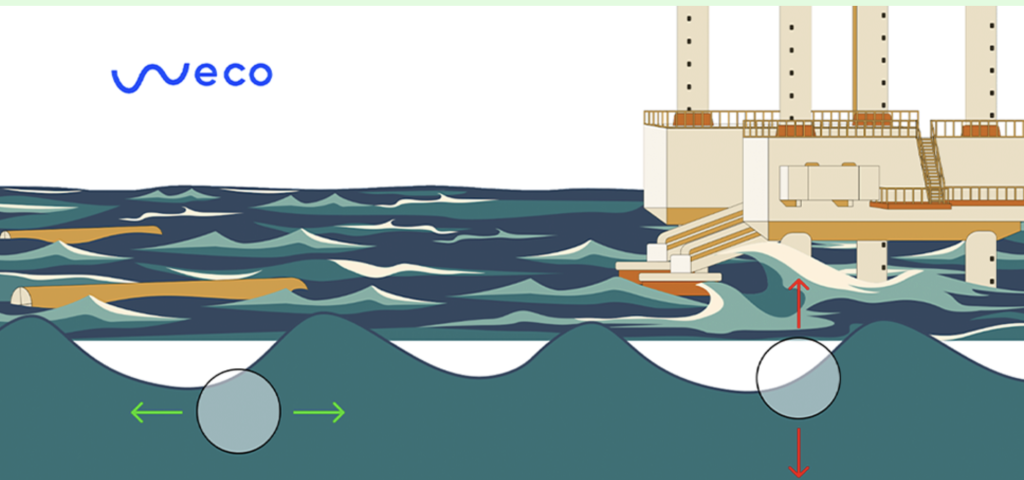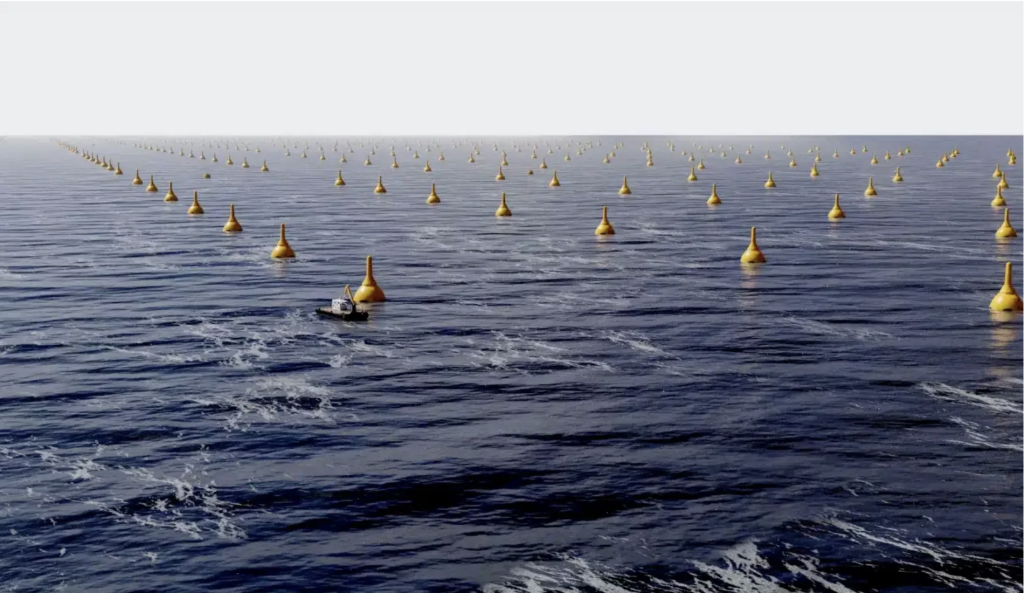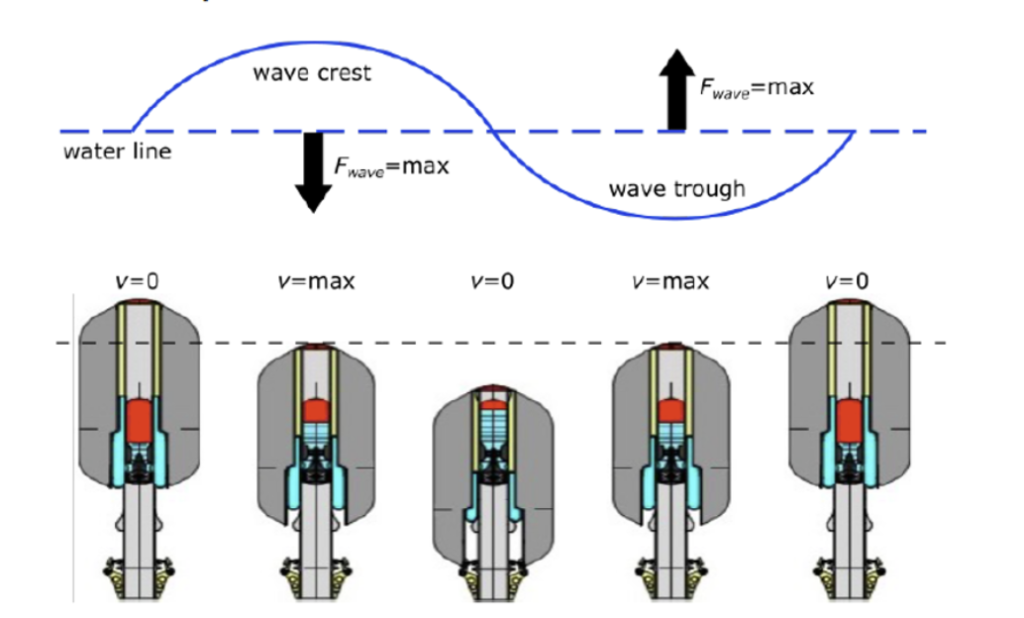Every sailor has sailed against the waves. When on the engine, you see the big difference between going on flat water or waves. It doubles or triples the necessary energy.
Why using it against you? Why not use it for you?
That is how the Xander and Sven thought, just 18 year old. Xander sails regattas, currently the 29-er. Then you are aware of the wave energy!

The two guys started a school project, to get electricity out of wave energy. A real life experiment.
In general it works like this:
You put a floating container in the water. A closed pipe, a canister, anything that floats. There is a coil with a magnet in it. This magnet is connected with a line to an anchor, hooked in the bottom of the water. So when the container goes up and down in the waves, the magnet moves up and down along a coil. This way it is converting the motion into electricity.

But..
But, like all inventions, the first prototype did not work. The pipe started leaking, thus damaging the electro magnetic system.
What now?
Xander and Sven started all over again. They designed a second prototype. Have a look at the drawing.

.
Would it work this time? Please check the movie they made.
Later they showed their prototype in a ‘dry environment’. If you pull the line, it was possible to make a LED light shine like the sun! (well, nearly).
Congratulations, gentlemen!
More about wave energy
Wave energy is the very sustainable alternative to compensate the energy lack of windturbines and solar when windstill and cloudy. It is even better than the non sustainable alternatives like gas, oil or nuclear power plants. Because the latter are expensive and they cannot be easily ‘switched on and off’.
So, Dutch engineers are working on it for some years now. Here are some developments.


This is a design for the near future: A lot of buoys, 19 meters high, all generating wave energy. (courtesy CoPower)



